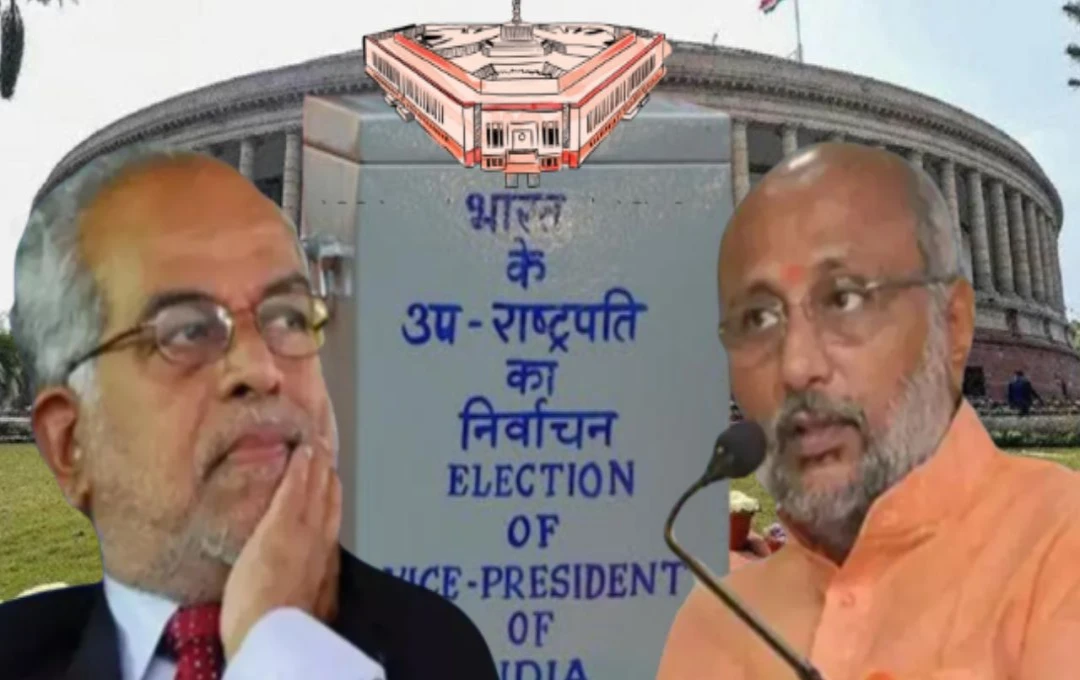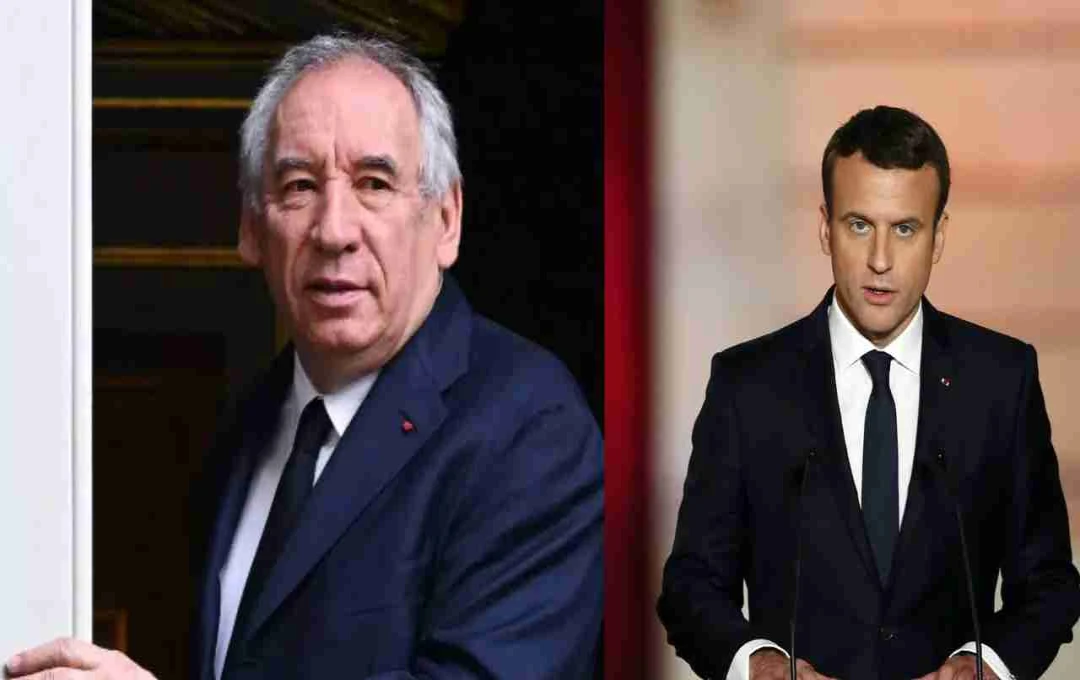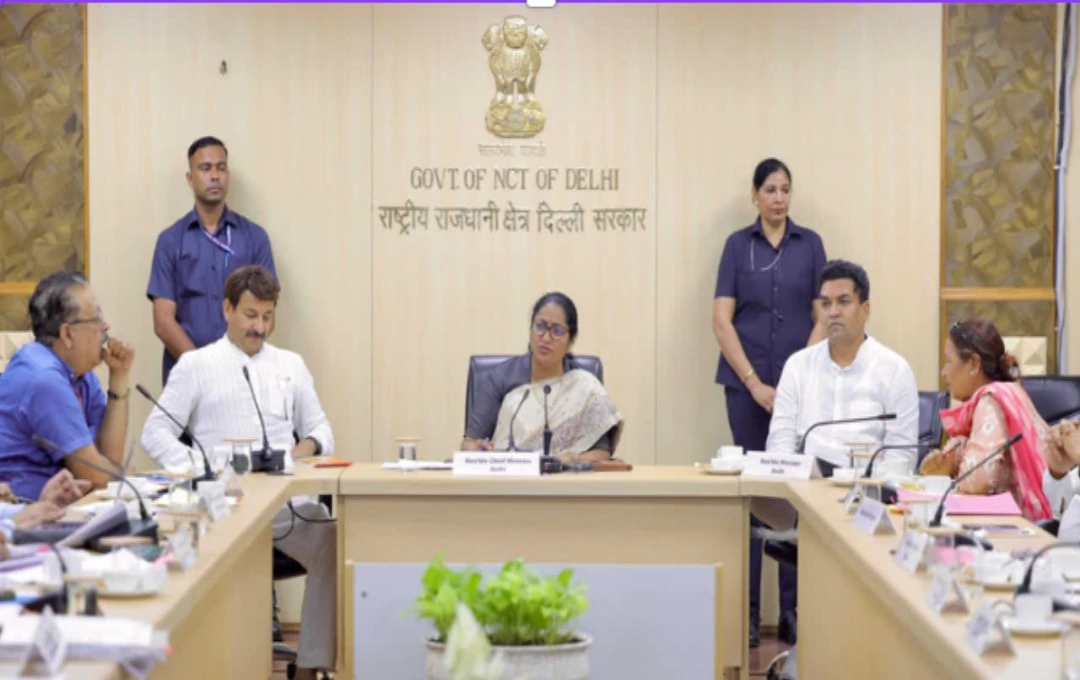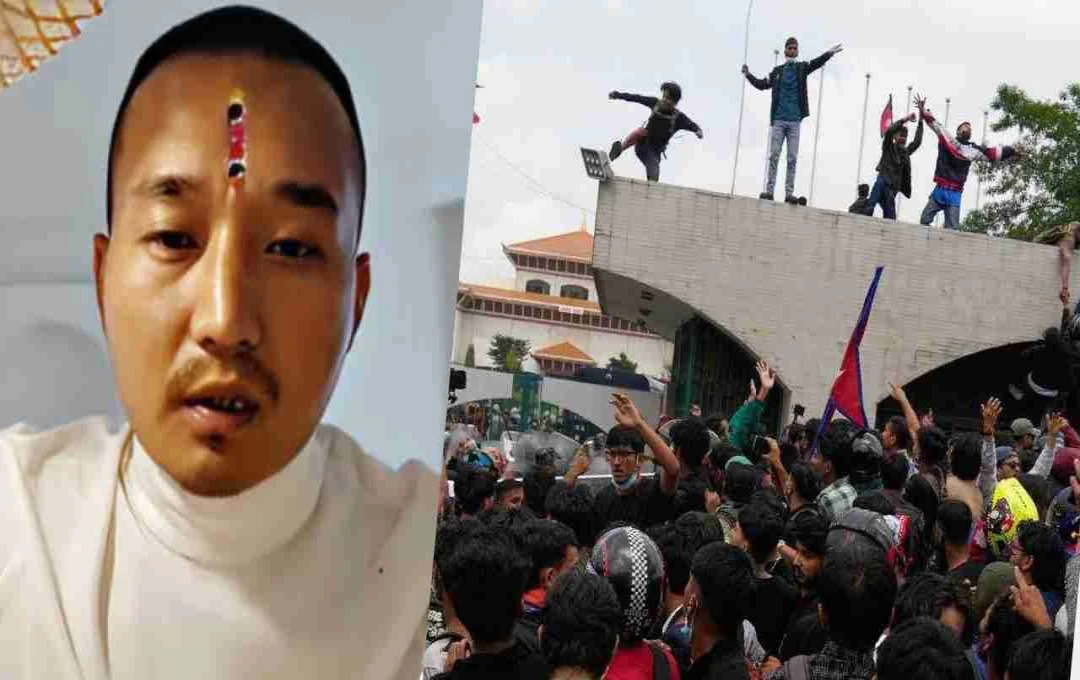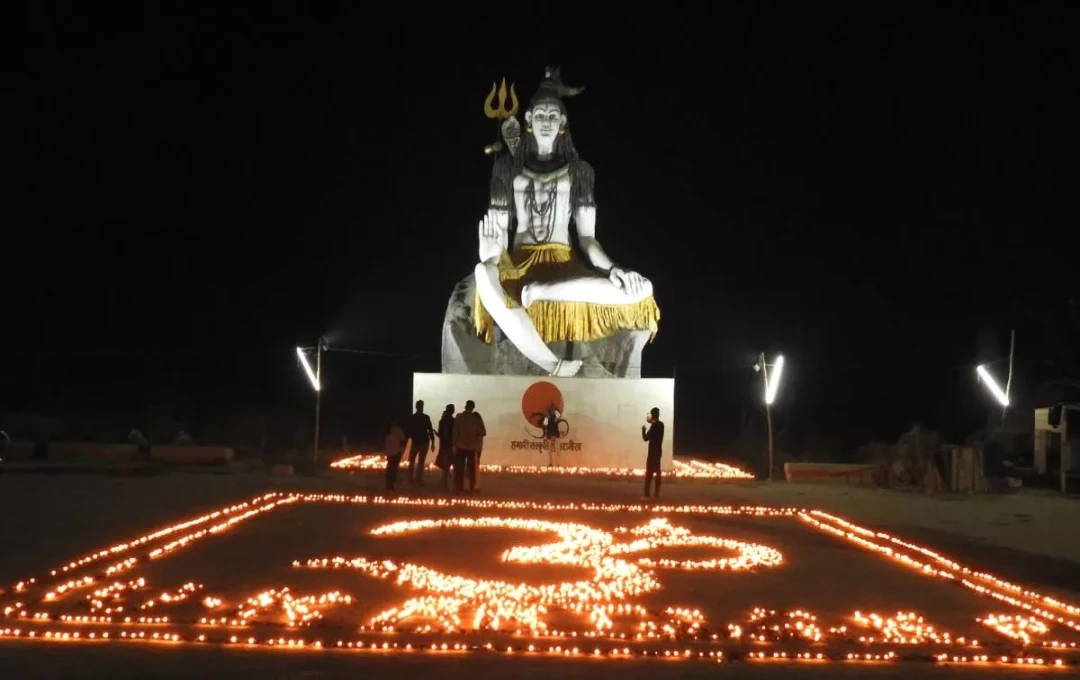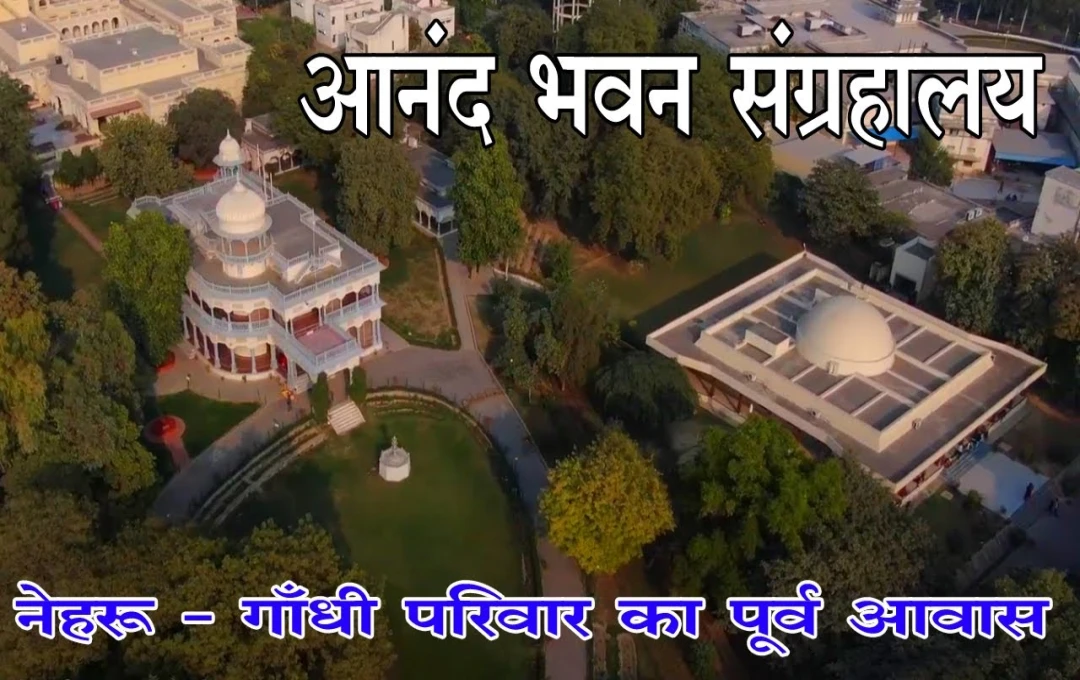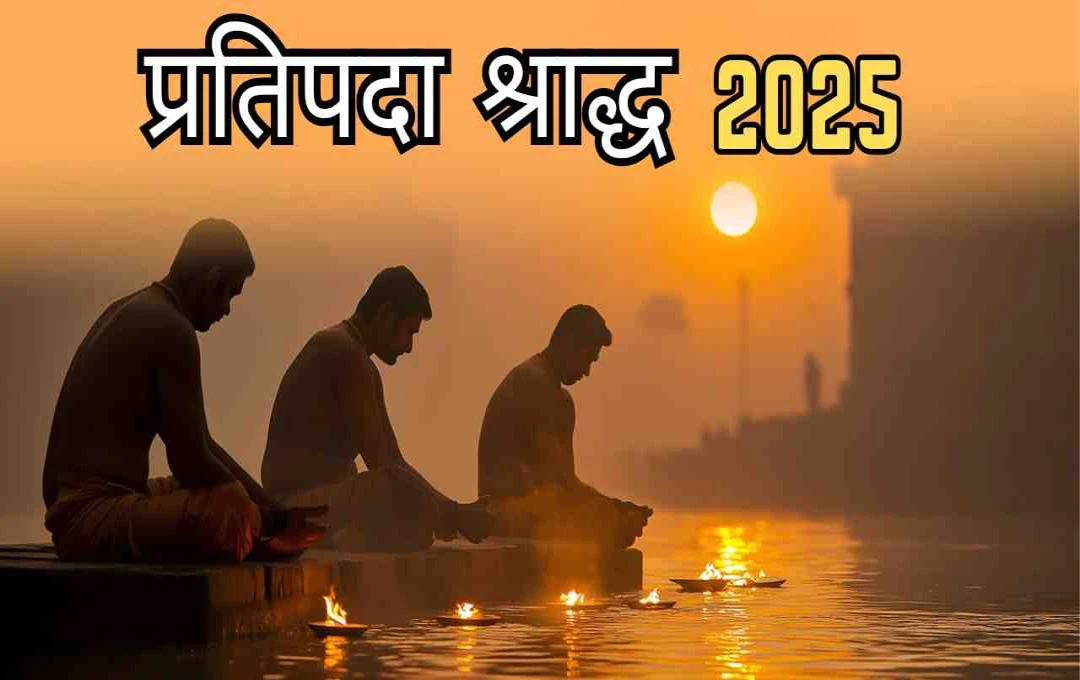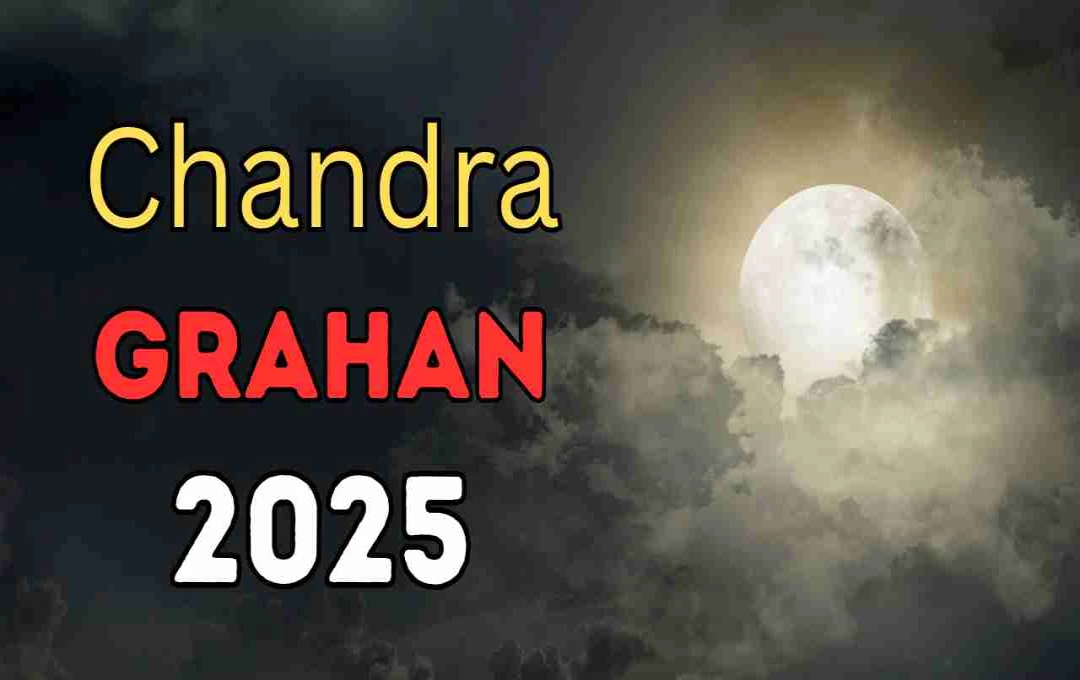The NDA's C.P. Radhakrishnan and the INDIA bloc's B. Sudarshan Reddy are set to face each other in the Vice Presidential elections in 2025. Members of Parliament will vote, and the results will be decided through a secret ballot system. The new Vice President will be announced by late evening.
Vice President Election: The election for the Vice President of India is considered constitutionally very important. The Vice President not only holds the second-highest constitutional office in the country but also plays a significant role as the Chairman of the Rajya Sabha. In the event that the President is unable to discharge their duties for any reason, the Vice President serves as the Acting President. This election for the Vice President is being held because the current Vice President, Jagdeep Dhankhar, resigned unexpectedly.
Contest in the Election
This time, the contest is between the NDA candidate C.P. Radhakrishnan and the INDIA bloc's B. Sudarshan Reddy. Voting will take place in the Parliament House from 10 AM to 5 PM on Tuesday. After voting concludes, the counting of votes will begin at 6 PM. By late evening, it will be clear who the new Vice President of the country will be.
Process Differs from General Elections
The process for electing the Vice President is entirely different from a general election. In this case, the public does not vote; instead, members of Parliament, i.e., MPs from the Lok Sabha and Rajya Sabha, cast their votes. Proportional representation is applied in this process, and voting is conducted secretly through the Single Transferable Vote System.
How MPs Vote
The voting procedure is quite distinct. MPs are given white ballot papers for the Vice Presidential election. The names of the candidates are written on the ballot paper in both Hindi and English. MPs must indicate their preference using numbers. For example, if an MP's first preference is candidate A, they will write '1' next to their name, and '2' for their second preference. Writing words like "one" or "two" will render the vote invalid.
Who Can Vote by Postal Ballot
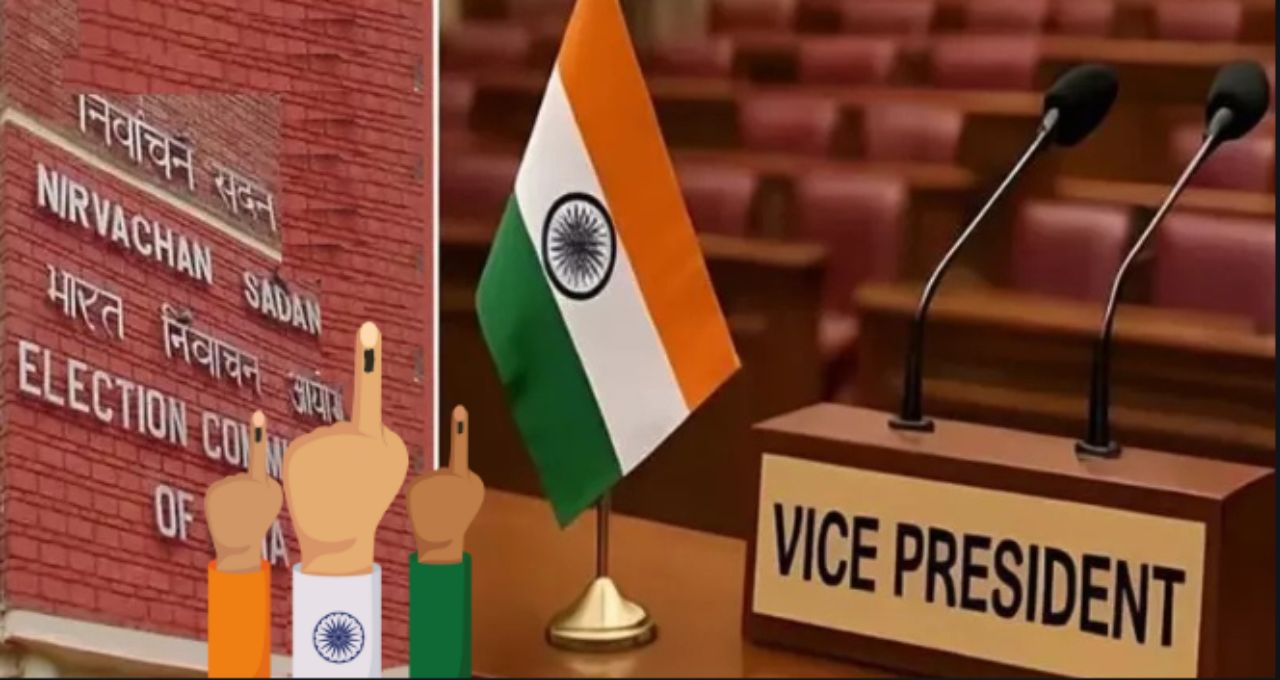
Generally, MPs are required to come to the Parliament House to cast their vote. However, if an MP is in preventive detention, they are permitted to vote via postal ballot. In the current election, Sheikh Abdul Rashid (Baramulla) and Amritpal Singh (Khadoor Sahib) are in jail, and therefore, they have been granted the right to vote by postal ballot.
Counting Process
Counting begins one hour after the voting concludes. Initially, all ballot papers are sorted to separate valid and invalid votes. Subsequently, a quota is determined based on the valid votes. The formula to calculate the quota is: total valid votes divided by two, plus one. For instance, if there are 750 valid votes, the quota would be 376.
The candidate who receives more than the quota in first preference votes is declared the winner. If no candidate secures a majority in the first round, the candidate with the fewest votes is eliminated, and their votes are transferred to the remaining candidates based on second preference. This process continues until a candidate secures a majority.
When a Vote Becomes Invalid
- In the Vice Presidential election, votes can become invalid under several circumstances.
- If a '1' is not written next to a candidate's name indicating the first preference.
- If '1' is written next to more than one candidate.
- If the preference is written in words.
- If a number is written in such a way that its identification is doubtful.
- If any mark is made on the ballot paper that could reveal who cast the vote.
In the case of postal ballots, a vote will also be considered invalid if the MP's signature or the jail official's certificate is missing.
Anti-Defection Law Not Applicable
Candidates in Presidential and Vice Presidential elections do not contest on party symbols. Consequently, no party can issue a whip to its MPs. This means MPs are free to vote for any candidate of their choice. The Anti-Defection Law does not apply to this election. Therefore, there is no threat to an MP's membership for cross-voting.
